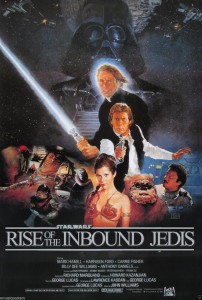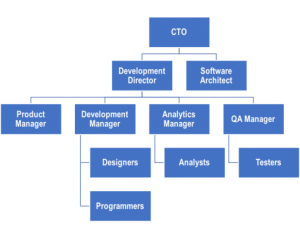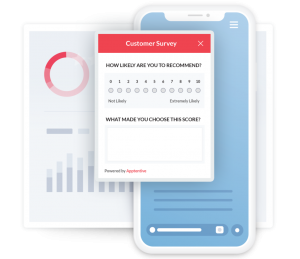What is an MVP?
Let’s begin with the basics.
MVP stands for Minimum Viable Product. It is a basic, bare minimum and working model, or prototype of an idea. Think of it as the skeleton of a bigger idea. This rough skeleton is created to gain maximum understanding of the process of building it, the challenges involved, and also the market feasibility if such a product comes live in an actual market scenario.
Feeling lost? Here is an example to clear the air.
Imagine a new ground-breaking idea in the automobile industry. It is a concept car that can run on solar power and is affordable for middle-income earning Americans.
An MVP would go on to build the basic model of the car with the engine, rough design, and also arrive at a price tag that would be acceptable for the target audience. Now, an MVP is not produced in bulk quantities. It is most often produced in minimal quantities — usually a piece or two for gaining understanding.
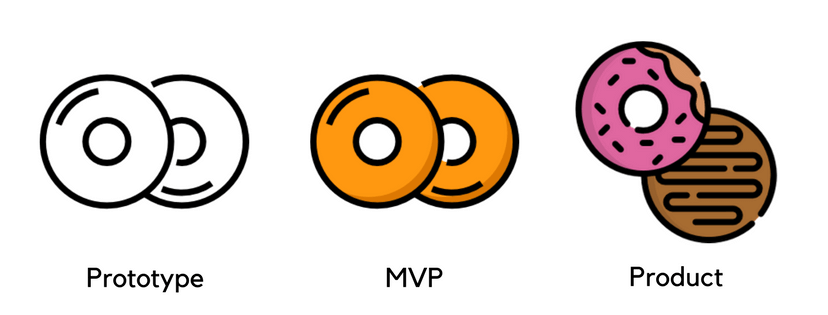
Source:medium
An MVP validates whether taking an idea to a product is worth pursuing in terms of economic, financial, and market economics. It also bestows a long list of benefits that startups cannot turn a blind eye to. That covers the basics of MVP.
The Brainchild Of Erie Ries
MVP was introduced to the world by Eric Ries. Eric is an American entrepreneur who created the ‘Lean Startup’ movement. MVP is an integral part of the movement, perhaps even the crucial part of the movement.
Eric Ries defines MVP as,
“That version of a new product which allows a team to collect the maximum amount of validated learning about customers with the least effort.”
An MVP gives businesses, especially startups with novel ideas to envision a path to turn their vague ideas into solid market-ready products.
If you are wondering if any startups have ever used MVP as a fulcrum to jumpstart their growth, be in for a surprise. Brands like Dropbox, Airbnb, Twitter, even Instagram have resorted to MVP to build and launch their products.
How startups can conquer the challenge of building an MVP
Building an MVP is solving a maze. If you don’t plan ahead, look at things differently, and have a plan in mind, you will be running into dead-ends or running around in circles.
Here is a 7-step framework that can help straighten up the process of MVP Development for your startup.
The 7-step framework for building an MVP:
- Isolate the problem
- Devise a solution
- Build a scaled-down prototype
- Be prudent about spending resources
- Test with end-users
- Get market validation
- Plan for upscaling
- Isolate the problem
Isolating the problem is the first step to building an MVP. Why? A problem well stated is a problem half solved.
- What is your MVP trying to do?
- What idea is it going to materialize?
- What problem or pain area will that idea solve?
These are some questions that you must address before kickstarting the process of building an MVP. The answers will help isolate the exact problem that needs to be addressed without distracting the efforts on several things at once.
- Devise a solution
Once the problem is identified and a problem statement put in place, it is time to devise a solution. This is the part where you and your team should start outlining the solution. Of course, it is not possible to have the entire solution in place, but you can have a blueprint in place that can be improvised on the fly.
- Build a scaled-down prototype
The blueprint created in the second step would form the foundation for the third step. In the third step, you will proceed to build a scaled-down prototype of the product. The prototype will have a low-fidelity design and will be representative of nature. Its objective is to validate the development possibility of the solution. Any engineering obstacles or other roadblocks would be identified in this step.
- Be prudent about spending resources
There is a reason why you should stick to building a scaled-down version of the prototype. A scaled-down version will call for the minimal expenditure of precious resources like material, manpower, and money.
Also, the primary objective of an MVP is to create a tangible prototype that can validate the idea and give assurance for further development. So it is necessary that you spend your resources prudently and as minimal as possible, unlike a real product development.
- Test with end-users
Although most MVPs are treated like stealth projects within an organization, there comes a stage when the MVP must be handed over to early adopters for real-world testing. Such bare-all testing has its own array of benefits. To begin with, end-users will have a far more understanding of the pain areas and how well the idea fits to solve it. They will be able to point out with certainty how the MVP fares in solving the problem or suggest improvements that can beef up the idea for the better.
- Get market validation
As you must be knowing by now, MVP stands for Minimum Viable Product. The term ‘viable’ is emphasized here. An MVP has some market viability. In fact, the very purpose of MVP is to ensure that the idea and the full-fledged product has market viability.
As soon as the test with a handful of actual end-users is complete, it is necessary to take the seek market validation for the MVP.
There are countless ways to validate the market potential of your MVP. Some of the proven ones are:
- Setting up pre-order pages exclusively for the product
- Digital ad campaigns
- Registering as a Kickstarter project
- Social media polls and announcements
- Influencer marketing
Of course, consider all of these channels as a means for A/B testing and not as a certain route to generating revenue from your MVP.
- Plan for upscaling
Market validation will result in two things. First, it will show whether your MVP is in sync with end-users and their pain points. Second, it will bring to light some immediate refinements in the MVP that will make it an attractive product that early adopters will easily buy into.
Winning the confidence of early adopters will result in creating more customers who might be hesitant to make a purchasing decision in the initial days.
Should you or shouldn’t you: Benefits of building an MVP
The benefits are many, the most evident ones being:
Prevents resource wastage
Have you heard of Apple’s PDA called Newton? Well, chances are that you may not have. It is because Apple’s Newton, which was envisioned as a revolutionary PDA in the 90s was discontinued in less than 5 years.
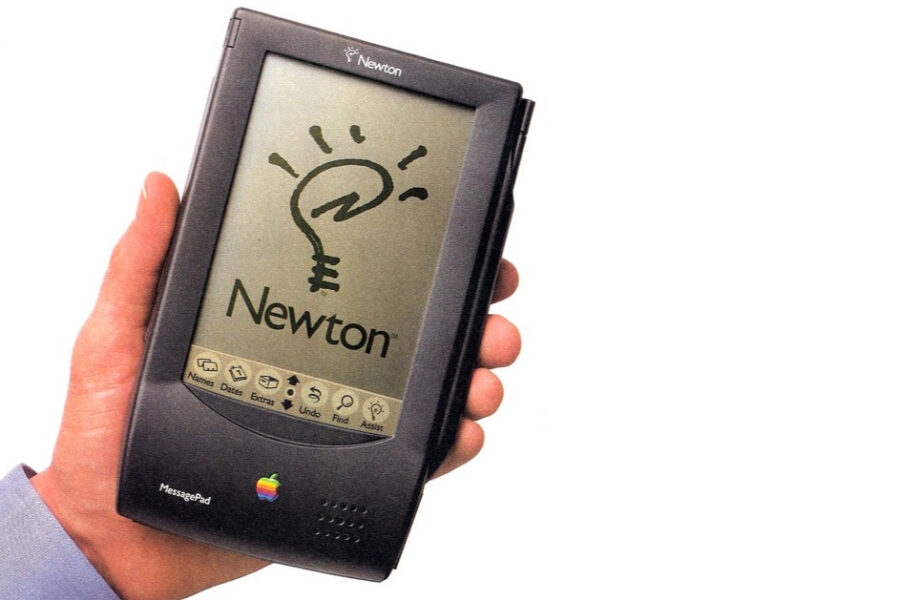
Source: appleinsider
Here is why the PDA, what could be rightly considered the predecessor of the present-day iPad had to be discontinued.
- The handwriting feature that the PDA promised did not work as expected
- The timing was not right. Household customers did not need a PDA
- Internet bandwidth was not as great as it is today
- It had limited functionalities for a restricted user group
- It was extremely pricey for the features it provided ($ 700 in the 90s)
In other words, Appl’es Newton was not timed right. We don’t know for sure if Apple got a positive RoI on the Newton project.
However, imagine the horror of building a product and taking it to market only to find that there are no buyers for it. All the precious resources spent, including money, labor, materials and much more will go to waste. Organizations that are working with a shoe-string budget and sky-high shareholder expectations cannot afford to make such a mistake.
MVP prevents this kind of product blunders. It restricts the possibility of resources going to waste due to wrong or misinformed product decisions.
Acquires early adopters
Early adopters are people who start using a product or technology as soon as it becomes available. Think, the first buyers of flat-screen TV even when it had a reasonable price tag of $ 15,000 or more. Or, the first buyers of iPad when it was released to the public.
Early adopters are the small population of the customer base who create the first impression about the product or technology to the rest of the world. Their words carry a lot of weight. Today’s tech enthusiasts who do unboxing videos and tech influencers who review tech gadgets can all be classified under this category.
Everett M Rogers, who introduced the term ‘Early adopter’ in his book Diffusion of Innovations. According to his book, early adopters are one level after ‘Innovators’ who form a small population and one level before the ‘Early majority’ who form a larger chunk of the customer base.

Source: wikipedia
How does an MVP and early adopters correlate? MVP helps acquire early adopters. Along with their acquisition, it brings to the product or technology several tangible benefits:
- An MVP that is accepted and approved by early adopters can get a jumpstart on sales
- Early adopters can influence skeptical prospects to shun their inhibitions and make informed buying decisions, possibly a full-fledged version of the MVP
- They can also suggest possible improvisations to the MVP that can further accelerate business growth
Grooms scalable pet projects
Gmail which has roughly about 1.5 Billion active users was a pet project of a Google employee. Google Developer Paul Buchheit created the email service under the project name ‘Caribou’. None of the other employees in the company know of the existence of such a project.
Once the project came to everybody’s attention, it was taken up as a major project. As they say, rest is history. Gmail was the first application to hit One Billion installation on Google Play Store. Several other pet projects like Google AdSense, Google News, why even Atlassian, the project management software was all once pet projects.
They started small and scaled big. That is the benefit of MVP. it gives the space and time to create and scale pet projects. All this without having to commit org-wide attention or resources. If the MVP proves to be a success, a whole division can be created to scale it. On the other hand, it can be quickly discontinued without having to expend any more resources.
Final thoughts: Why startups must take the MVP route
Be it in Silicon Valley, or in the rest of the world, startups are the cradle of innovation and novel ideas. However, unlike their grown-up counterparts — enterprises, lack the financial firepower, the strength of manpower, and the luxury of time to build a product or technology on their own terms. There is also the added stressor of heavy competition and the urgency to reach the market on time or ahead of it.
All of this can put excessive stress on the startup. It can push them to make wrong decisions that can land a fatal blow to their future plans.
An MVP can stop all of that, if not some of them. An MVP helps a startup to test the depth of the water with one foot on the ground. Once its ideas are proven to have some market validation, they can go on to create full-fledged versions of the product.
By now, you must also be aware of the steps to be followed to build an MVP from scratch. One last thing — an MVP is not a shortcut. It makes you take the stairs, but the shortest one. Sometimes it is best to take the stairs than get on the wrong elevator.
Business & Finance Articles on Business 2 Community
(94)


